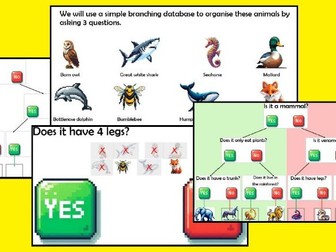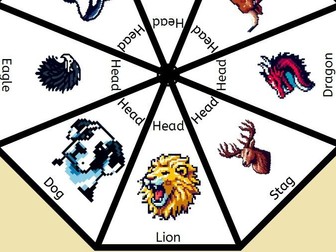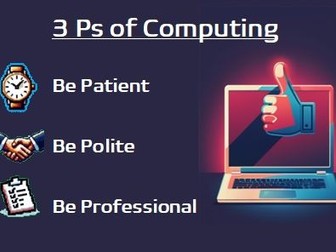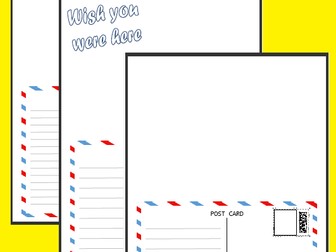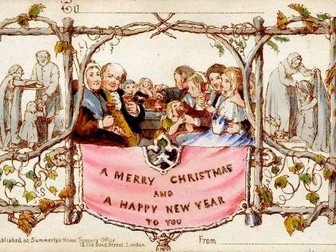
Branching databases - Key Stage Two teaching activities and resources
Lesson activities with PowerPoints and printouts to support the teaching of branching databases at Key Stage 2. The first activity is about using a branching database, the second one is about creating their own.
Pupils can find creating a branching database challenging to ensure that each answer correctly matches all the question responses to get there. There are various levels of scaffold within the materials to support pupils to successfully create a fully working branching database either in their own PowerPoint or on paper.
Materials included:
Full lesson activity teaching PowerPoint
Standalone PowerPoint examples (2 with animals, 1 with aliens)
Blank branching database PowerPoint for pupils to create their own, hyperlinks between slides included
Printout resources - PowerPoint slide planner, examples of full databases, blank paper database to complete
Supports national curriculum objectives for Key Stage 2 Computing: “select, use and combine a variety of software (including internet services) on a range of digital devices to design and create a range of programs, systems and content that accomplish given goals, including collecting, analysing, evaluating and presenting data and information” and Key Stage 2 Science Year 4 Living things and their habitats: “explore and use classification keys to help group, identify and name a variety of living things in their local and wider environment”.
